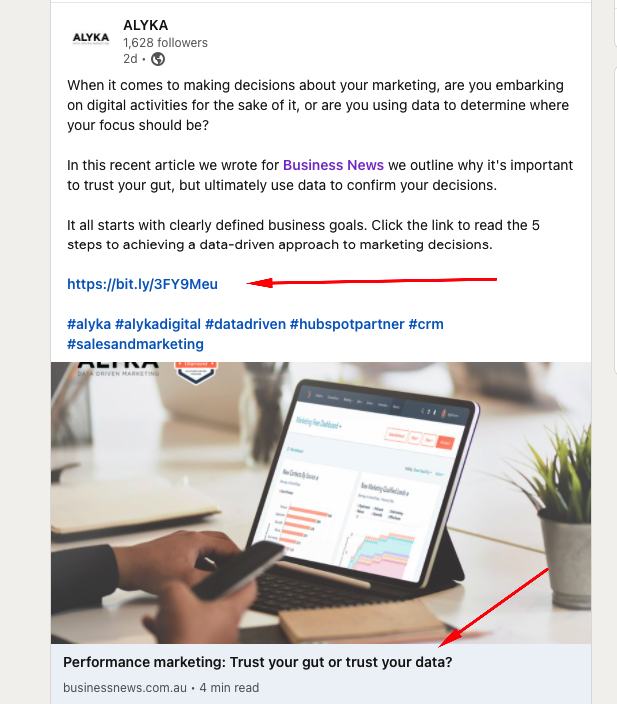Your guide to UTM parameter naming conventions
- Home
- Blogs
Marketers use multiple channels within their campaigns, and it’s important to measure the effectiveness of each. Knowing which channels helped to achieve your goals is important data to track. This information should be used to influence future decisions around marketing strategy and budget.
There are many ways to measure the effectiveness of your campaigns, but one of the most common ways is to use UTM parameters. Using UTM parameters allows you to track traffic from different campaigns, group traffic in reporting, know which links are the most popular, plus much more.
There are many sites that allow you to easily build a UTM. Google Analytics has a great tool, and if you have a CRM such as HubSpot, you can build the UTM directly within the tracking and analytics section.
What is a UTM parameter?
Urchin Tracking Module (UTM) parameters are tags that can be placed at the end of urls for tracking links used on all marketing efforts. There are five parameters that make up the url, which are source, medium, campaign, term and content. When you add these parameters to a url, analytics programs such as Google Analytics pick these up, which give marketers information on the source of the click. Let’s have a look at what each of the parameters are, and what information they give you about your visitors.
The 5 parameters that build your UTM
The more of these parameters that you use, the more detail you’ll have about your traffic,
Source
The source tracks where the traffic came from. Example: facebook, store door sign, google ads, bing ads, promotional flyer.
Medium
The medium tracks the type of traffic the visitor came from. E.g. CPC, image, QR code, social, display.
Campaign
Campaign tracks the performance of a specific campaign. You may be using the same landing page for multiple pages, so this tracks which campaign brought the traffic. Example:
Term (optional)
Term tracks the keyword(s) or term(s) being used in the ad.
Content (optional)
Content is used when there are multiple links pointing to the same url (eg a social post that has a link within the post copy, and the actual link itself.

Once you have decided on your parameters, it’s time to build your UTM using one of the suggested sites above.
Top tips for UTM success
To ensure valuable data is collected, make sure the UTM links are set up accurately. Here’s our tips for UTM success:
- Establish naming conventions from the start, and follow this for all campaigns. It will make your reporting clear and simple
- Use short, simple and descriptive UTM parameters,
- Stick with lower case for consistency,
- Use dashes rather than underscores or other separators. The exception would be keywords in the “terms” parameter, using a “+” is acceptable. Example: utm_term=car-loans+personal-loans.
- Don’t repeat the names or closely semantically similar names within the parameters,
- UTM parameters are case sensitive. Email, email and EMAIL are three separate names, and would track as separate links.
What’s next?
UTM links are often lengthy, and not user-friendly. Use a link shortener such as bitly to turn long urls into easy-to-remember, shareable urls. Happy link sharing!
